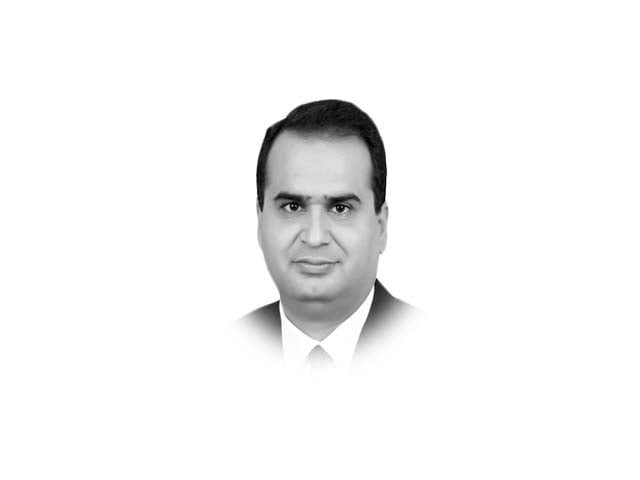Child, early and forced marriages
Child, early, forced marriages place children at risk of violence and abuse, and deprives them of fundamentals right

Child marriage and early marriage mostly refer to a marriage in which one or both spouses are under 18 years of age. However, early marriage is sometimes used to describe a marriage where one or both spouses are 18 or older, but are without free and full consent. For example, the marriage of a 19-year-old who is not physically or emotionally mature, or unable to make decisions, would be considered an early marriage. Whereas in forced marriages, one or both spouses are unable to give full, free and informed consent about marriage, regardless of their age. Forced marriage can also refer to a union where one or both spouses are unable to end or leave the marriage. Because in most countries children are not considered able to give legal consent, all child marriages are mostly considered forced marriages. However, sometimes two adolescents under 18 marry each other voluntarily.
Child, early and forced marriage is a human rights violation and not in line with several international agreements, including the Universal Declaration of Human Rights; Convention on the Elimination of Discrimination Against Women (CEDAW); Convention on Consent to Marriage, Minimum Age for Marriage, and Registration of Marriage; Convention on the Rights of the Child (CRC); etc. International laws call for a uniform age of marriage for boys and girls and emphasise on free, full and informed consent to marriage. The CRC recommends the minimum age of marriage to be 18 years, while CEDAW urges states to ensure free will in choice of a spouse and marriage only with their full consent of the parties. Similarly, UN SDG Goal 5 targets “eliminating all harmful practices, such as child, early and forced marriage by 2030”.
Child, early and forced marriages place children at high risk of violence and abuse, and deprives them of fundamentals right to childhood, education, health and opportunity. According to UNICEF’s State of the World’s Children 2017 report, 18% of girls in Pakistan are married before their 18th birthday and 4% before the age of 15 while 5% of boys are married before the age of 18.
Child, early and forced marriages in Pakistan occur mostly in rural and low-income households, where education is least. Its highest prevalence is in Sindh (for 72% girls and 25% boys). Similarly, in K-P’s tribal areas, 99% girls are victims. Moreover, a huge proportion of young girls is forced to marry under the age of 18 due to socio-economic and cultural reasons. According to UK’s Forced Marriage Unit, in 2017, at least 439 cases of child forced marriages were reported in Pakistan, ranking it on top of four ‘focused’ countries, followed by Bangladesh, Somalia and India.
Pakistan’s current legislation sets discriminatory legal marriage ages for boys and girls. The Child Marriage Restraint Act, 1929 was the primary law adopted in Pakistan in 1947 and is applicable in ICT, K-P, Balochistan, G-B and AJK. This law sets the legal marriage age at 16 for girls and 18 for boys, against the internationally accepted marriage age. Meanwhile, Sindh enacted an exemplary legislation and sets 18 years of age for both boys and girls and strict punishments for perpetrators, aiders and abettors of underage marriage. It also declared solemnising underage marriages a cognizable, non-bailable and non-compoundable offence. Whereas Punjab retained the legal marriage age at 16 years for girls and 18 for boys and introduced a clause declaring underage marriage a bailable offence. The federal government has tried to amend The Child Marriage Restraint Act, 1929 five times but has only been successful once and still does not address child, early and forced marriages completely nor sets the marriageable age for girls at 18 years.
Even though legislation exists to address child, early and forced marriages in Pakistan, its enforcement and interpretation is missing because Pakistani courts often apply Islamic law for such cases, which interprets any girl who has undergone puberty, irrespective of age eligible for marriage.
Published in The Express Tribune, January 4th, 2021.
Like Opinion & Editorial on Facebook, follow @ETOpEd on Twitter to receive all updates on all our daily pieces.













COMMENTS
Comments are moderated and generally will be posted if they are on-topic and not abusive.
For more information, please see our Comments FAQ